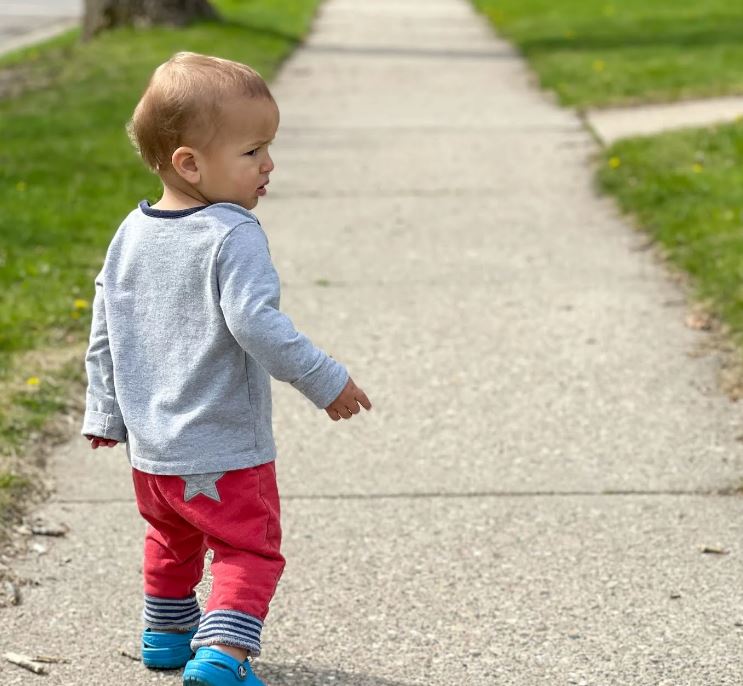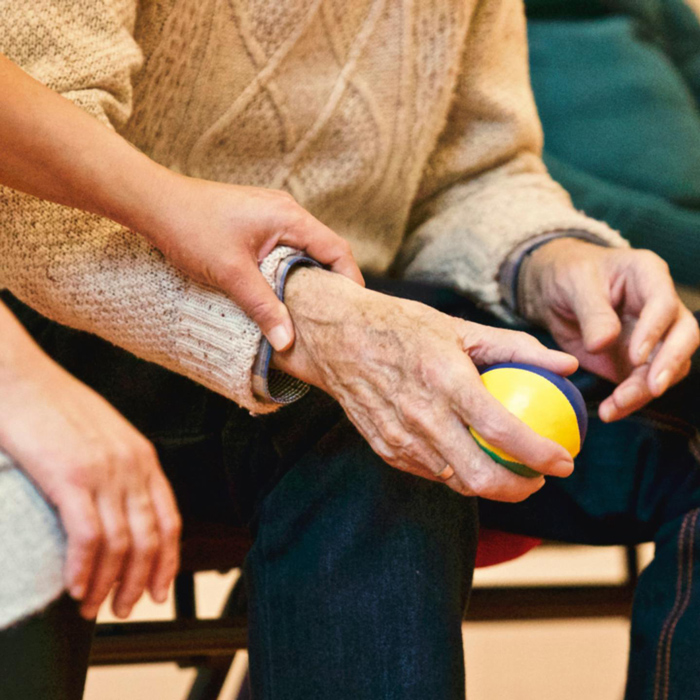Children Raised by Androids: Navigating the Complexities of Virtual Autism
In the not-so-distant future, the idea of children being raised by androids has transitioned from science fiction to a tangible reality. With advancements in artificial intelligence (AI) and robotics, androids have become capable of performing tasks once thought exclusive to humans—including caregiving. While this technological leap offers exciting possibilities, it also raises profound questions about child development, emotional bonding, and the potential emergence of a new phenomenon: virtual autism.
As we explore this topic, it’s important to engage with the ethical, psychological, and societal implications of raising children in an environment dominated by artificial caregivers. What happens when a child’s primary emotional bonds are formed with machines? And how might this impact their social, emotional, and cognitive development?
The Rise of Android Caregivers
The concept of androids raising children isn’t as far-fetched as it might seem. In a world where parents are increasingly busy, overworked, or absent, androids offer a seemingly perfect solution. They can provide round-the-clock care, ensure safety, and even educate children through personalized learning programs. Unlike human caregivers, androids don’t get tired, frustrated, or emotionally overwhelmed. They are programmed to be patient, consistent, and endlessly attentive.
But herein lies the problem. While these traits might sound ideal, they lack the nuanced emotional depth that human caregivers provide. Children learn empathy, social cues, and emotional regulation through interactions with other humans. When these interactions are replaced by androids, what happens to the child’s ability to form meaningful relationships?
What Is Virtual Autism?
The term virtual autism has emerged to describe a potential developmental condition in children raised primarily by androids or other AI-driven technologies. While not yet officially recognized in psychological or medical literature, the concept draws parallels to traditional autism spectrum disorder (ASD). However, virtual autism is thought to arise not from genetic or neurological factors, but from environmental ones—specifically, the lack of human interaction during critical developmental stages.
Children with virtual autism may exhibit symptoms such as:
- Difficulty understanding and expressing emotions
- Challenges in forming social bonds with other humans
- A preference for interacting with machines over people
- Delayed language development or atypical communication patterns
- Repetitive behaviors or fixations on technology
These symptoms mirror those of ASD, but the underlying cause is fundamentally different. Virtual autism is a product of an environment where human connection is replaced by artificial interaction.
The Role of Emotional Bonding in Child Development
From the moment they are born, children rely on emotional bonding with their caregivers to develop a sense of security, trust, and self-worth. This bonding is facilitated through eye contact, touch, voice modulation, and responsive interactions. Human caregivers instinctively adjust their behavior to meet the child’s emotional needs, creating a dynamic and reciprocal relationship.
Androids, no matter how advanced, cannot fully replicate this process. While they can mimic human gestures and speech, they lack genuine emotional understanding. A child raised by an android may receive consistent care, but they miss out on the emotional reciprocity that is essential for healthy development. Over time, this deficit can lead to difficulties in forming relationships, understanding social cues, and regulating emotions.
The Ethical Dilemma
The use of androids as primary caregivers raises significant ethical questions. Is it fair to subject children to an environment where their emotional needs are met by machines? What are the long-term consequences of replacing human interaction with artificial companionship? And who is responsible if a child develops virtual autism or other developmental issues as a result of being raised by androids?
These questions don’t have easy answers. On one hand, androids can provide care in situations where human caregivers are unavailable or inadequate. For example, they could be invaluable in orphanages, war zones, or areas with a shortage of trained caregivers. On the other hand, relying too heavily on androids risks depriving children of the human connection they need to thrive.
Balancing Technology and Humanity
The key to addressing these challenges lies in finding a balance between technology and humanity. Androids can play a supportive role in child-rearing, but they should not replace human caregivers entirely. For instance, androids could assist with routine tasks like feeding, bathing, and monitoring safety, while humans focus on emotional bonding, play, and socialization.
Additionally, developers could design androids with features that encourage human-like interaction, such as expressive facial features, responsive body language, and adaptive learning algorithms. These enhancements could help bridge the gap between artificial and human caregiving, providing children with a more holistic developmental experience.
The Future of Child-Rearing
As technology continues to evolve, so too will our understanding of its impact on child development. The concept of virtual autism serves as a cautionary tale, reminding us that while technology can enhance our lives, it cannot replace the fundamental human experiences that shape who we are.
Parents, caregivers, and policymakers must work together to ensure that children are raised in environments that prioritize their emotional and social well-being. This means setting limits on the use of androids, promoting human interaction, and investing in research to better understand the long-term effects of AI-driven caregiving.
Conclusion
The idea of children being raised by androids is both fascinating and unsettling. While it offers a glimpse into a future where technology can alleviate some of the burdens of parenting, it also highlights the irreplaceable value of human connection. Virtual autism, whether real or hypothetical, underscores the importance of nurturing children in environments that foster emotional growth, social skills, and a sense of belonging.
As we move forward, let’s embrace the potential of technology without losing sight of what makes us human. After all, the future of child-rearing isn’t just about raising children—it’s about raising well-rounded, emotionally healthy individuals who can thrive in a world that is increasingly shaped by both humans and machines.
What are your thoughts on this topic? Do you think androids could ever replace human caregivers, or is there something inherently irreplaceable about human connection? Share your thoughts in the comments below—we’d love to hear your perspective!






